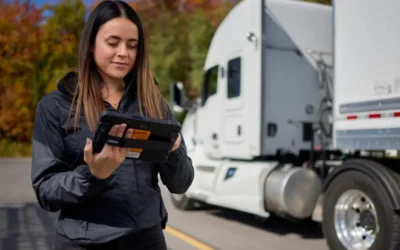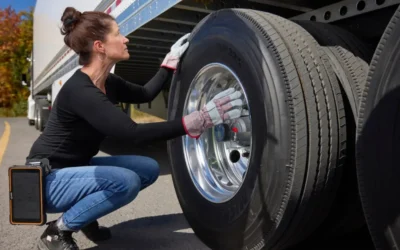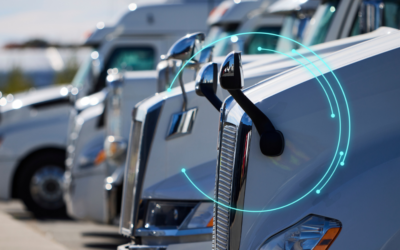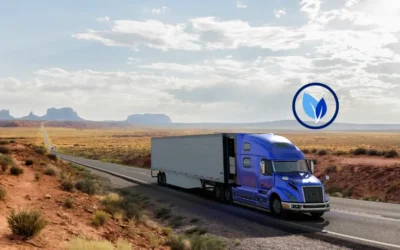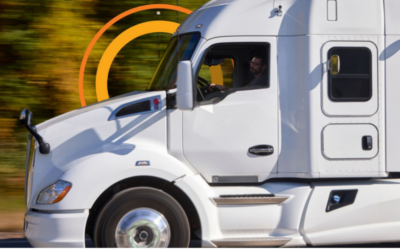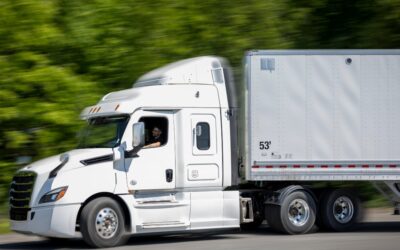The selected ELD must be registered with the Federal Motor Carrier Safety Administration (FMCSA) and be on the official list which currently includes of close to 500 systems. Since suppliers are self-certifying their technology, how can you be sure to make the right choice and invest in a compliant ELD system?
What are the technical requirements?
The FMCSA requires integral synchronization between the electronic logbook and the commercial vehicle engine. This implies the automatic detection and recording of all driving and resting hours of heavy vehicle drivers, in all geographical locations and at all times.
Communication between the engine and the driver’s logbook can be established in different ways: Wi-Fi, Bluetooth, cable or cellular. Regardless of the method used, connection must be continuous. In other words, to be legal, the driver must always have up-to-date daily log information.
Wi-Fi: Ensuring compliance in all locations
Wi-Fi communication allows the driver to be compliant everywhere and at all times, since it does not depend on an external infrastructure, such as the cellular network. ISAAC uses Wi-Fi because of its high reliability. Thus, logbook information is always available and up-to-date, ensuring driver compliance in both urban and remote areas where cellular coverage is poor.

Cellular: Compliance dependent on the cellular network
Some ELDs on the market use cellular networks to relay data from the vehicle engine to the driver’s logbook. Although this type of communication is authorized by the FMCSA, it has some shortcomings.
In an official document on frequently asked questions[1] about technical specifications, the FMCSA addresses this question:
Can a mobile app and the vehicle engine communicate over cellular?
Yes, the rule does allow for this. However, manufacturers should keep in mind that in places without coverage, and without cellular communication, the device may not be able to record or display Records of Duty Status, which would leave the driver operating without logs—a violation of the hours of service rules.

Since the driver duty time log must be available at all times, it is important that there be no interruption in communication between the engine and the logbook.
In fact, the FMCSA suggests taking certain factors into account[2] when purchasing a system. Among the recommendations, we find this question on cellular connection:
Do your vehicles operate in remote areas?
Some ELDs rely on cellular connectivity to relay information to the smartphone or tablet. This is true of many portable or “BYOD” devices. Consider all factors, including the locations you drive and your ability to connect to cellular networks, when selecting a device.
In light of this information from the FMCSA, it is important to consider compliance everywhere when choosing an ELD. Make sure your device is able to provide hours of service records at all times, even in an area without cellular coverage.
Sources:
[1] https://eld.fmcsa.dot.gov/File/Index/a146fc5b-db96-a9f9-e053-0100007f8710 see p.7
[2] https://eld.fmcsa.dot.gov/Industry see section QUICK TIPS: Choosing a Compliant ELD.


